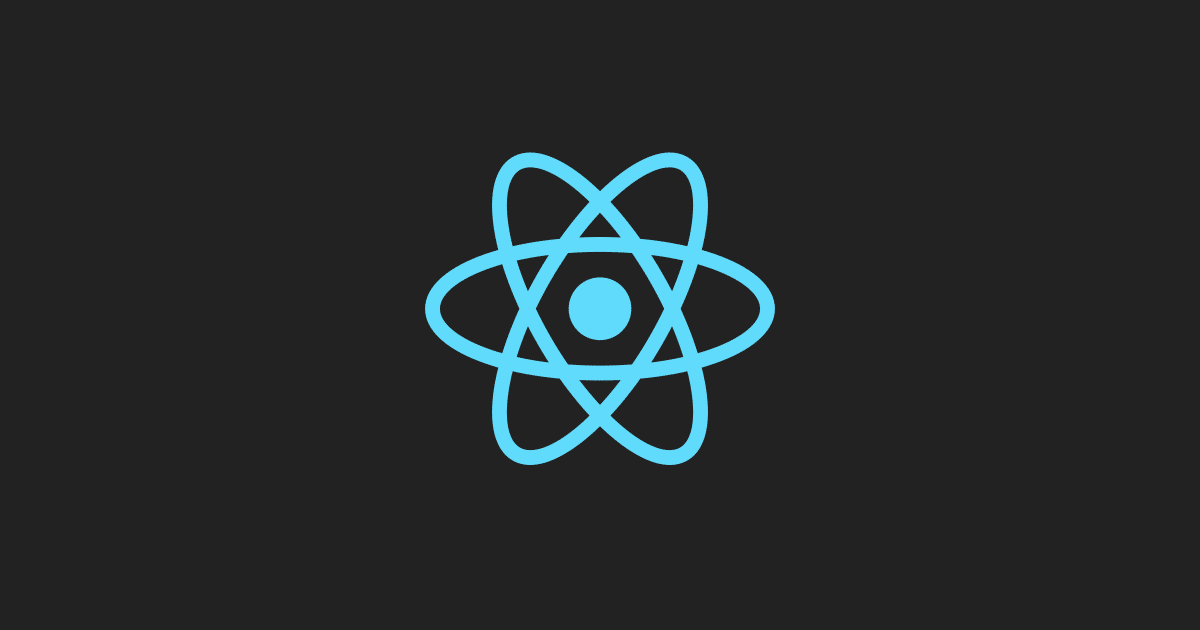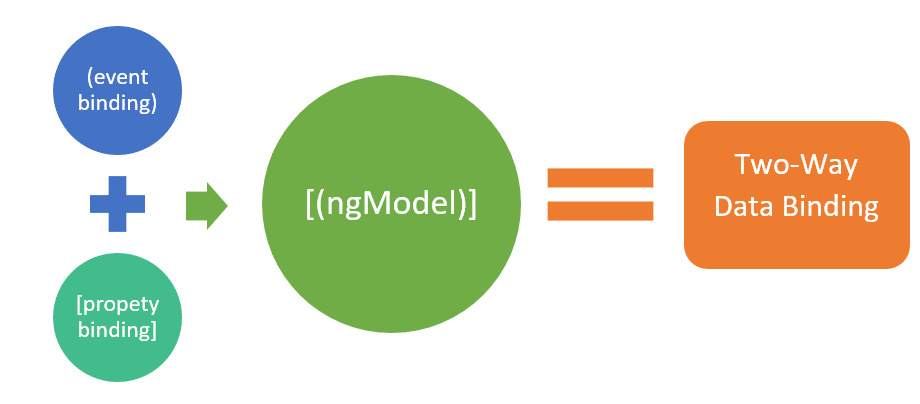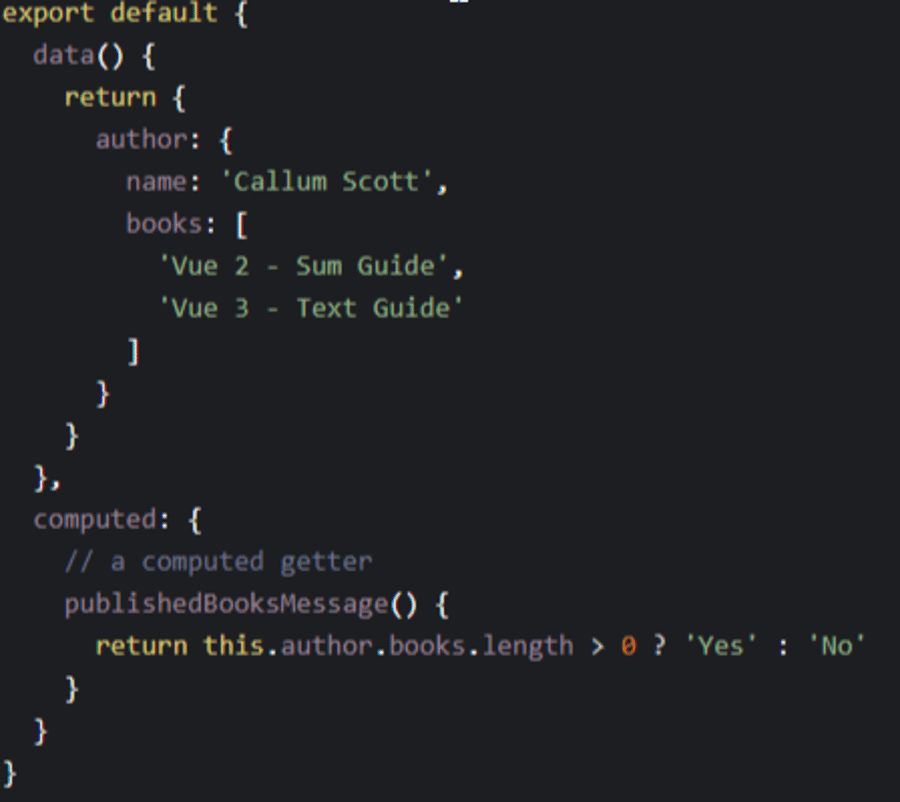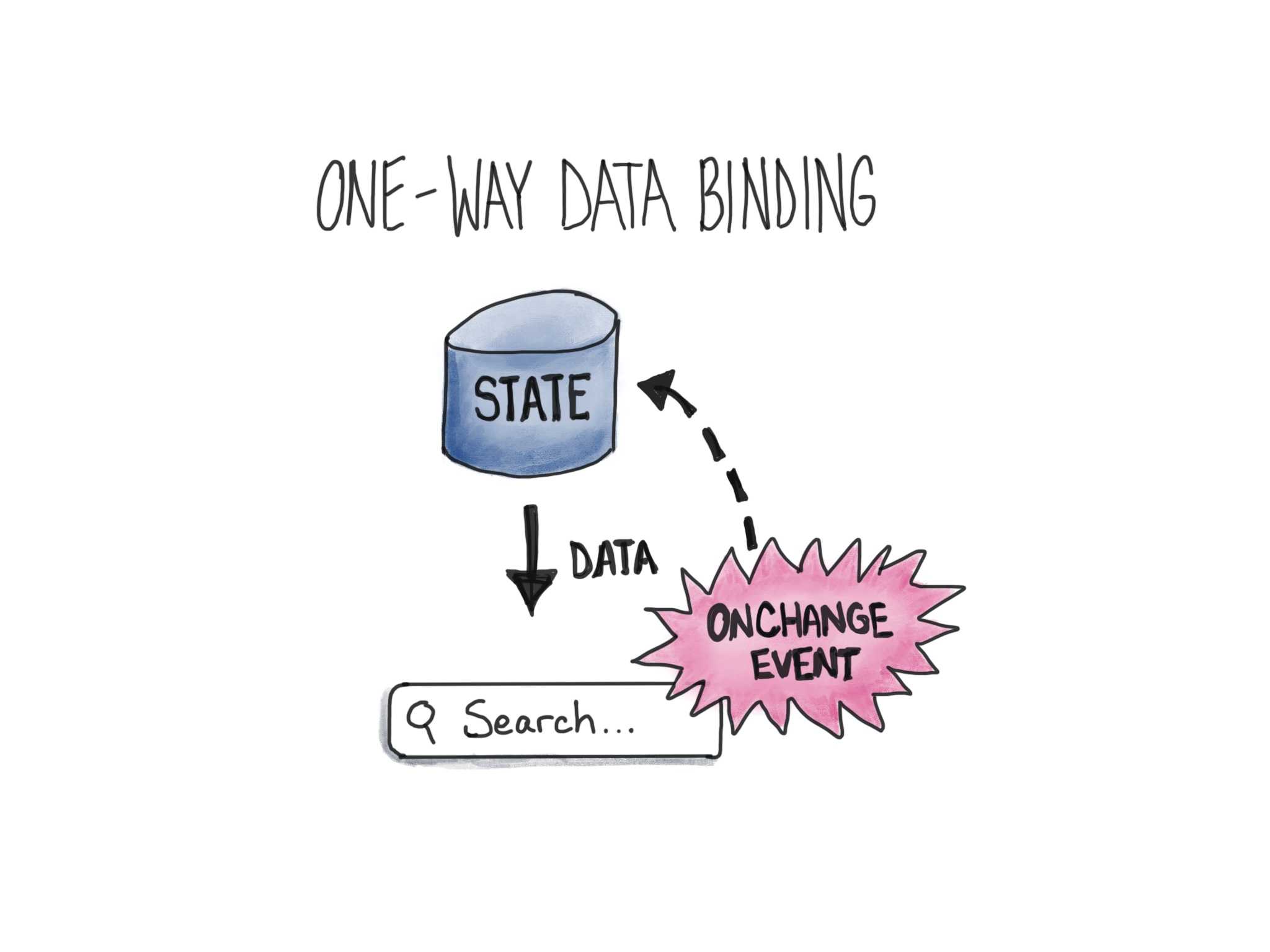Businesses nowadays aspire to develop a high-quality web application within a short period of time. There are many JavaScript frameworks you can select from to implement a web application, and Vue and React are two of the top contenders.
In this article, we’ll compare Vue vs React in a head-to-head comparison. So, if you’re a developer who’s just starting a project, this guide will assist you to make the correct decision.
What Is Vue?

Vue is a flexible and lightweight JavaScript-based framework that offers powerful web tools for developing modernistic frontend web projects. Vue is also regarded as a flexible and evolutionary JavaScript framework as it allows changes to be made to an application’s code without affecting any fundamental features, enabling progressive UI to be created. Vue’s high flexibility also provides for bespoke modules and visual components to be added to the web application’s functionality.
History
Evan You designed Vue after collaborating with Google on various projects that used AngularJS. He later summarized his thought process as follows: “I realized, what if I could simply isolate the portion that I liked about Angular and develop something incredibly lightweight,” The project’s first source code commit was in July 2013, and Vue was published in February of the following year.
Popular Web Applications Built With Vue
Here is a list of popular web applications built using Vue,
- Gitlab
- Grammarly
- Behance
- Laravel Spark
- Adobe Portfolio
- 9gag
- Behance
- Nintendo
- Font Awesome

What Is React?
React is an Open source JavaScript library that can be used to create web apps with sophisticated user interfaces. React allows developers to construct reusable bespoke components, enabling faster development times. In addition, its capacity to load a web page quickly makes it, even more, search engine friendly. Overall, it’s an excellent library that encourages the creation of both simple and advanced enterprise applications.
History
In comparison to all programming frameworks AngularJS and Vue, React is the oldest JavaScript library. It was created by Facebook in 2013 as a tool for creating a dynamic interface for various websites. The virtual DOM, which is a representation of DOM elements built with React components, is the foundation of React.
Popular Web Applications Built With React
Here is a list of popular web applications built using React,
- Netflix
- PayPal
- BBC News
- Yahoo
- Dropbox
Vue Main Features
Vue also has some eye-catching features which are very useful in order to get an up and running enterprise application. Some of the features are explained below,
Virtual DOM
Virtual DOM is a concept implemented by several JavaScript frameworks, including Vue. Instead of adjusting to the DOM, a virtual duplicate of the DOM is constructed and presented in the form of JS (JavaScript) data structures. Any modifications to the JavaScript data structures are made first, and then the latter is matched to the initial data structure.
Two-Way Data Binding
Vue offers a two-way binding functionality as shown in the image, as part of its MVVM framework. With the use of a binding directive named v-bind provided with Vue, this functionality allows you to edit or apply values to HTML elements, change the style, and apply classes. This differs from frameworks like React, which only offer one-way communication.

Components
Components are Vue objects which have custom HTML elements and, notably, can be reused. Vue objects and HTML elements interact with one another through props (properties) and events. The code block of a Vue component is equally essential for developing Vue apps that are stable and scalable.
Computed Properties
Computed properties assist in listening to modifications introduced to UI elements and performing the relevant logic, eliminating the need for further coding. When we intend to work on mutating a variable that is reliant on another property being altered, we should use a calculated property. Other data attributes heavily influence computed properties. Here is a simple example on computed properties,

CSS Transitions and Animations
When HTML elements are added, changed, or deleted from the DOM, this feature offers multiple methods to perform a transition. It comes with an in-built transition component that surrounds the element that is liable for the transition effect’s return. Developers may easily use third-party animation libraries to enhance the user experience.
Watchers
Watchers are used on data that is likely to change regularly such as Form Input Elements. A developer does not need to perform any additional actions in this case. Watcher handles any data updates while still keeping the code simple and speedy.
Here is a simple code snippet on Watchers:

Watchers, methods, and computed properties can be called the component’s three main ways that can make use of reactive nature. When you need to do an asynchronous or costly action based on changing data, watchers are the best option.
React Main Features
React also has some eye-catching features which are very useful in order to get an up and running enterprise application. Some of the features are explained below,
Virtual DOM
This React feature aids in the speeding up and agility of the application development process. The method makes it easy to recreate a web page in React’s virtual memory. A virtual DOM is thus used to mimic the actual DOM. The complete UI is generated again by the virtual DOM whenever the application is amended or upgraded, by restoring the components which have been changed. This cuts down on the amount of time and money it takes to develop something.
One-Way Data Binding
One-way data binding implies that React utilizes a unidirectional data flow, enabling programmers to use the callback function to modify components rather than directly altering them as shown in the image.

Flux is a JavaScript app design component that allows you to control the flow of data from a fixed location. It gives developers more authority over the software, making it more adaptable and useful. Flux has three major parts namely, dispatcher, stores and views (components).
JSX
JavaScript XML is a markup language for describing the design of an application’s interface. It creates a syntax that is similar to HTML and is used to develop React components. One of the best aspects of React JS is JSX, it allows writing the building blocks extremely simple for developers.
Components
This means that a UI of a React-based application is composed of numerous components, each of which has its functionality coded in JS. As a result, programmers can send data throughout the app without affecting the DOM. The application’s graphics and operations are heavily influenced by React JS components.
Declarative UI
Declarative UI feature allows React code to be more understandable and bug-fixing more straightforward. Not only for online apps, but also for mobile applications, React JS is the ideal framework for creating dynamic and interactive user interfaces.
Vue and React: Similarities and Common Features
Vue was created by taking React as an inspiration. Therefore, a few similarities can be found as follows:
- Progressive Web Applications (PWA) support
- Virtual DOM usage
- View components that are both composable and reactive
- JavaScript code
- Focus on a core library, with partner libraries covering networking and universal state management
- Ability to integrate with any current web applications
Vue vs React: Which One Is Better?
These frameworks go hand in hand in the current developer community. In this section we will be giving a comparison on Vue and React based on the common concerns of the framework.
Popularity and Job Market
This contest was won by React. Since Facebook backs this technology, it’s not unsurprising that it has larger popularity and community. Vue has a lesser community, having limited resources and modules, but it is still supported by Evan You and the team.
React is well ahead of Vue in terms of job opportunities, having been around since 2013 and been championed by the social media behemoth Facebook. Vue, on the other hand, is a new entrepreneur that is still gaining traction.
Learning Curve
Vue is by far the most simple to study and understand of all the JavaScript frameworks. It is estimated to take anywhere from a few hours to less than a week to learn. All that is required is a basic understanding of how ES6 works and some knowledge of JavaScript programming. Vue’s documentation is also simple to grasp since it is not as extensive as that of other frameworks.
For someone who has worked with JavaScript before, React is simple to pick up. The formation of a team becomes simpler due to the lower learning curve, as any beginning or professional developer can engage. Only the releases following 16.0 are up to date. As a result, new developers may have difficulty implementing the more complicated functionalities.
Performance (Speed)
The status of the Vue application grows more unclear with each new option or component addition, making it more difficult for the application to load faster. Fortunately, this framework includes a virtual DOM to enhance the application’s speed. One of Vue’s most important characteristics is lazy loading. It aids in the reduction of load time.
The performance of a React application is quicker, with a simpler performance in customer experience and discrete components that operate well together. React’s component-based structure aids in the development of more powerful single-page applications, while reusability reduces code complexity and decreased DOM interaction accelerates page loading. Furthermore, the library focuses on making essential modifications to the website without having to reload the full page. As a result, it avoids wasteful page loading but rather refreshes the content.
Components and Extensibility
When it comes to developing component-based user interfaces, the extensive libraries of components in Vue and React make it easier to reuse code, increase developer productivity, as well as accelerate the development process.
It’s straightforward to expand Vue or React apps with third-party libraries. The majority of React source libraries are merely components that improve on the components which already exist. Several of the third-party libraries in Vue are plugins that use the inbuilt plugin system itself.
State Management
Since state data in React is immutable and cannot be modified immediately, you must use the setState() function (or useState() hook to update anything in the local state.
However, because the data attribute on the Vue object works as the collector for application data, there’s no reason to execute a method like setState() to change the state in Vue.
Tools and Templates to Simplify Development
Since 2016, React has provided a third-party CLI tool named create-react-app that aids programmers in completing tasks such as app building, scripting, and so on. Previously, React programmers had to replicate files from earlier apps or start from the ground up. It did not take a long time, but it was a tedious effort.
Vue, on the other side, has a tool named Vue CLI that allows for rapid project building. Vue CLI has several advantages, including the ability to add plugins at any point during the project and simple modifications.
Ecosystem
Vue is a standalone framework, whereas React requires the use of external libraries. This is one of the most significant contrasts between the two technologies. For routing and state management, React depends on other systems like Flux/Redux. These frameworks make debugging easier by providing a single way to change the state. Because Facebook delegated the management of react-redux and react-router to the users, the ecosystem has become increasingly fractured.
Vue has a smaller number of partner libraries. Nevertheless, Vue currently includes features that need the use of a module in React, such as props validation. Vue’s key frameworks, such as Vuex and Vue-router, are maintained and supported by the Vue team.
Security
Vue and React both have security flaws, although Vue applications are slightly easier to protect than React-based apps. While automatic defenses against XSS issues are not available, Vue programmers can clean HTML code before implementing it or use additional libraries to help prevent assaults. You can directly generate web pages and secure the applications both before and after generating in circumstances when you know the HTML is safe.
To guard against XSS vulnerabilities, SQL injections, and other threats, React security depends on the programmer following security standards. While React is simple to use, ensuring that React projects are secure requires a lot of skills and experience.
Mobile Development
React Native integrates the greatest features of native development and React, a top-of-the-line JavaScript toolkit for creating user interfaces. You may utilize React Native with your preexisting Android and iOS applications right now, or you can build from zero and build a brand new application. With React Native’s React-like components, you can repurpose up to 99% of your JS code across Android and iOS. As a consequence, a cross-platform application that appears and functions like a pure iOS/Android app has been created.
You can make widgets that are entirely native and have complete control over their appearance. The presentation layer is handled by the React Native framework as just a perfect state output which makes it simple to create iOS/Android partner applications with a natural appearance and intuitive feel.
Despite Vue falling behind React, it provides several mobile development options. First, there’s NativeScript, which lets you write Vue applications and also have them compiled into native iOS/Android apps. Then there’s Capacitor, created by the same people who created Ionic. Using a simple API, you can integrate Capacitor into any preexisting Vue website and provide native iOS/Android capabilities. Finally, Vue Native combines the benefits of the Vue and React Native ecosystems. In this React can be taken as the most suitable one for mobile development.
Testing and Debugging
Reactjs comes with several useful test runners, which make the development process easier to follow. Test runners like Jest, Mocha, and many others, for example, enable testers to follow a common method of running test suites that helps them uncover flaws in real browser setups, unneeded functions, and the point where excessive function manipulation occurs. It shortens time-to-market, accelerates application deployment, and encourages a more productive atmosphere.
Since Vue is only starting the testing capabilities are standard, but simple and effective. It does not provide too lavish tools and does not jeopardize the code’s ability to be tested. Vue Testing Library and Vue Test Utils are two of the libraries officially recommended by Vue. Because this framework supports CI/CD and hot reloading, it is possible to establish faster feedback mechanisms.
Support and Community
Facebook, the biggest social networking site, always backs React. The biggest advantage is that Facebook has a committed team working on creating and refining React regularly. However, Vue isn’t backed by a major corporation. That isn’t to say it doesn’t have support from the community or isn’t popular. It’s because the Vue community isn’t as large as the React community.
React has far more than 331,000 questions on StackOverflow. Furthermore, as of the time of writing, it has over 174,200 stars on Github. When it comes to Vue there are approximately 83,400 questions on StackOverflow within Vue and more than 187,800 stars on Github.
Drawbacks of Vue vs React
As with all technologies, both Vue and React have their share of weaknesses. Below are some of the drawbacks of each.
The biggest drawbacks of Vue include:
- Challenges with two-way binding
- Challenges in mobile support
- Limited plugins
- Limited scalability
- Limited experience programmers
- Too much flexibility in coding
- Usage of the community has some limitations
The biggest drawbacks of React include:
- Due to the rapid pace of growth, the environment is always changing, making it difficult for programmers to adapt.
- With such rapid updating and acceleration, good documentation is difficult to come along.
- ReactJS just handles the application’s UI Layers, therefore you’ll need to use other tools for other parts of the development.
- If there are a lot of templates and they overlap, JSX can be confusing.
Summary
In terms of their respective use-cases, React, Vue, or any other JavaScript-based approach are all pretty spectacular. In this scenario, there is no apparent winner. You’ll want to figure out what your use-case is and then match it to the features of these platforms.
React is a tried-and-true leader with corporate backing and a sizable open-source group. The library is more scalable, allowing you to create more complicated enterprise-level applications. Because it’s a library, React allows its users extra options, such as manual re-rendering. It makes extensive use of functional programming techniques, as evidenced by the library’s handling of state and interaction among components.
Vue is a growing frontend development sensation. It features a more classical syntax, which makes it easier to transfer existing projects to Vue. It has the best documentation in the industry. The core team has added more built-in functionality and partner libraries to Vue as a framework. This simplifies the process of development to go more smoothly.
Which do you plan to use for your next project — Vue vs React — and why? Let us know in the comments section below.


